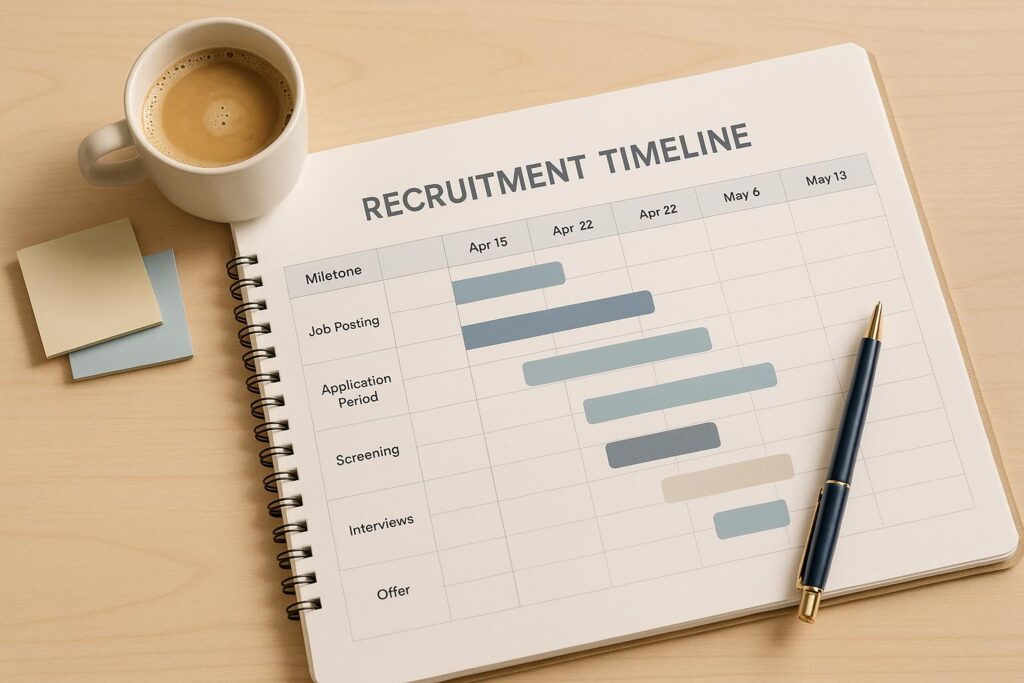Sourcing through job boards, career websites, or agencies often yields a flood of applicants, many of whom may not fit the company’s needs. That’s why many HR teams are turning to a tried-and-true strategy: employee referrals.
A referral is more than just a resume; it’s a personal endorsement from a trusted insider. This difference is the reason why employee referrals are an effective recruitment method. They consistently outperform other channels in terms of quality, speed, and long-term retention.
In this article, let’s explore trends in employee-sourced hiring and address the common challenges that prevent many companies from fully leveraging this powerful recruitment tool.
Five Pillars of Employee Referral Success
The success of employee referral programs is built on a foundation of measurable benefits that directly impact a company’s bottom line and culture. Here are the five reasons why employee referral programs work better than any other recruitment channel.
Superior Candidate Quality
The most significant advantage of referrals is the quality of the candidates they produce. Employees are a company’s most effective recruiters because they understand the organization’s culture, values, and specific job requirements better than any external headhunter or algorithm.
Faster Time-to-Hire
Time is a critical factor in hiring. The longer a position remains open, the greater the cost to the business. Referred candidates typically move through the hiring funnel much more quickly. They are often already pre-vetted by the referring employee and are more likely to be actively engaged in the process.
Higher Retention Rates
The benefits of a referral extend far beyond the initial hire. Referred employees exhibit significantly higher retention rates.
According to the International Journal of Research in Management, referred employees exhibit better three-year retention rates than traditionally hired ones.
Reduced Cost-Per-Hire
Recruitment can be an expensive endeavor, with costs for job board postings, recruiter fees, and advertising campaigns adding up quickly. While many companies offer an employee referral incentive, the overall cost-per-hire for referrals is dramatically lower.
Improved Employer Brand and Engagement
Encouraging employees to refer their networks transforms them into brand ambassadors. It’s a powerful sign that employees are proud to work for their company and are willing to stake their professional reputation on it.
A well-run referral program boosts internal morale and engagement, making employees feel valued as key contributors to the company’s growth. This virtuous cycle of positive feedback strengthens the employer brand from the inside out.
10 Trends Shaping the Future of Employee-Sourced Hiring
The principles of referral-based hiring may be timeless, but the methods are evolving with technology and changing workforce dynamics. The following trends highlight how companies are modernizing their approach to unlock the full potential of their employee networks.
1. Shift to Proactive, Continuous Referrals
Companies are moving away from ad-hoc referral requests and towards a mindset of continuous sourcing. Instead of only asking for referrals when a specific role is open, they maintain an always-on program, encouraging employees to submit great candidates at any time.
2. Increased Focus on Diversity Referrals
The traditional view of referrals as a potential source of “in-group” hiring is being dismantled. Companies are now implementing strategic initiatives to encourage referrals from diverse networks. Leverage Employee Resource Groups (ERGs) to find candidates from underrepresented backgrounds and avoid unconscious bias actively.
3. Gamification and Leaderboards
To boost engagement, many companies are introducing gamified elements to their referral programs. Leaderboards, badges, and public recognition make the process more interactive and fun, creating a healthy sense of competition and motivating employees to participate more frequently.
4. Beyond a Simple Cash Bonus
While a financial incentive remains a popular choice, companies are getting creative with their rewards. It includes offering extra vacation days, stock options, unique experiences, or even tiered rewards that increase with the number of successful referrals.
5. Integration with Social Media
Employee advocacy has become a powerful recruitment tool. Companies are making it easier for employees to share job openings directly to their social media networks, turning them into micro-influencers for their employer brand.
6. Real-Time Tracking and Analytics
The days of static spreadsheets are over. HR teams now demand real-time visibility into their referral pipeline, tracking referral sources, candidate progress, and key performance metrics to optimize their programs.
7. Mobile-First Referral Platforms
Recognizing that employees are always on the go, a key trend is the development of mobile-friendly referral platforms that allow employees to submit a referral from their smartphone in just a few clicks.
8. Clear Communication and Transparency
Transparency is key. Successful programs clearly communicate the referral process, provide regular status updates on candidates, and explain the criteria for an award, building trust and maintaining employee engagement.
9. Automated Follow-Up and Feedback
The biggest frustration for employees is referring a great candidate and then never hearing what happened. Automated systems now ensure that both the referrer and the candidate receive timely updates, making the process feel respected and valued.
10. Adoption of Dedicated Referral Tracking Software
These modern trends are all powered by a single, foundational shift: the adoption of dedicated employee referral tracking software. These platforms serve as the central hub for the entire program, automating the submission process, enabling real-time analytics, and ensuring timely communication.
By moving away from manual, spreadsheet-based systems, companies can scale their programs, provide a seamless experience for employees, and truly unlock the power of their internal networks.
Challenges of Manual Referral Tracking
Despite the clear advantages of using employee referrals for recruiting, many companies fail to capitalize on them because they rely on outdated, manual processes. The manual referral tracking system approach is fraught with several significant challenges:
Lack of Visibility
It is nearly impossible to get a holistic view of the referral pipeline from a spreadsheet. Recruiters can’t easily see which employees are referring candidates, which departments are getting the most referrals, or where candidates are in the hiring process.
Poor Candidate Experience
Referred candidates often get lost in the shuffle. Without a streamlined system, their applications can sit unreviewed for weeks, leading to a frustrating experience that reflects poorly on the company.
Inaccurate Reporting
Manual data entry is inherently error-prone. It leads to inaccurate data, making it difficult to generate reliable reports on source-of-hire, time-to-hire, and cost savings, all of which are crucial for proving the ROI of the program.
Inefficient Communication
Communicating with a referrer about their candidate’s status can be a nightmare. Recruiters spend valuable time sending individual emails, a process that is both inefficient and frustrating for the employee who is anxiously waiting for an update.
Missed Incentive Payments
A spreadsheet is a poor tool for tracking incentive payouts. It’s easy to lose track of who owes what, leading to delays and a breakdown of trust in the program. Nothing kills enthusiasm faster than a promised reward that never materializes.
Transform Your Employee Referral Program Today
Employee referrals remain unmatched in delivering quality, retention, and cultural fit. However, their effectiveness significantly amplifies when paired with modern technology.
Transitioning from manual tracking to automated referral tracking software allows organizations to scale and strategically leverage employee referrals for sustained growth and talent excellence.
Technology frees up HR teams to focus on what matters most: building relationships, providing feedback, and leveraging their most valuable asset, their employees, to build a stronger, more connected organization.
Harness the power of referrals by integrating a dedicated employee referral program system. Explore Skillfuel’s advanced referral tracking solutions. Transform your recruitment strategy and ensure you consistently attract, hire, and retain the best talent.
















